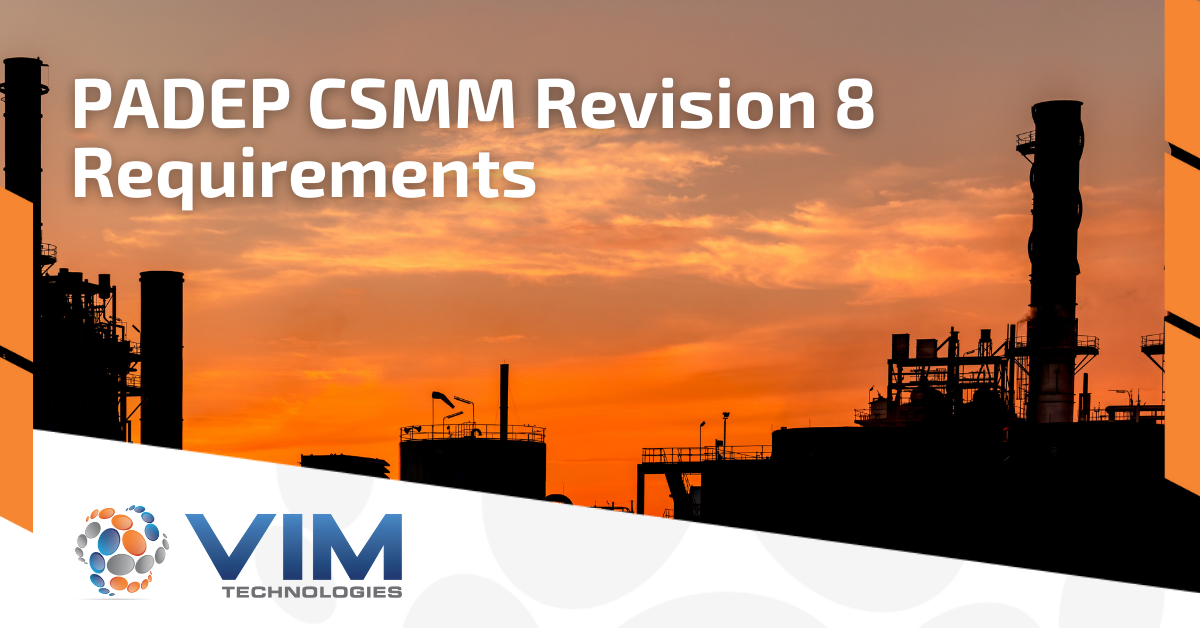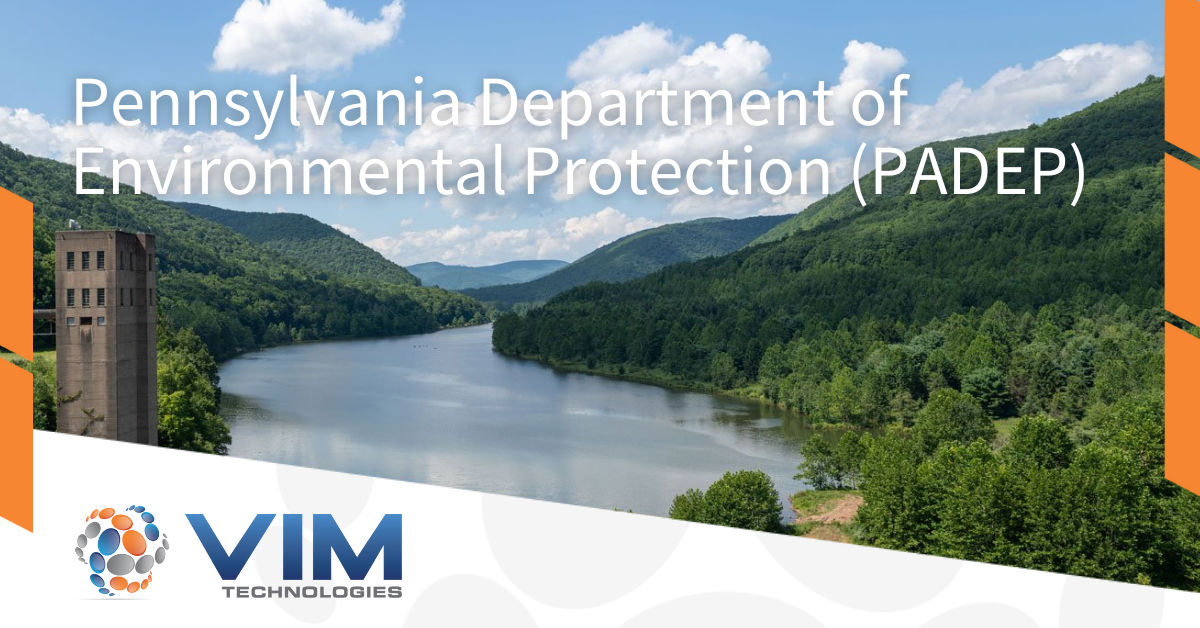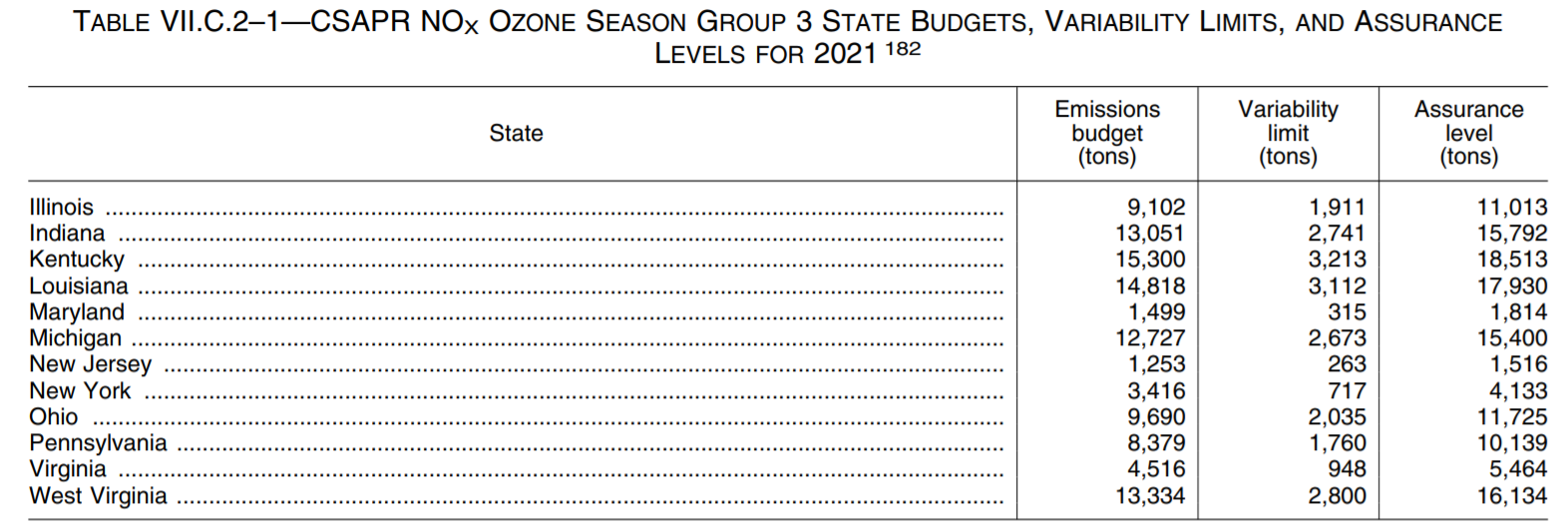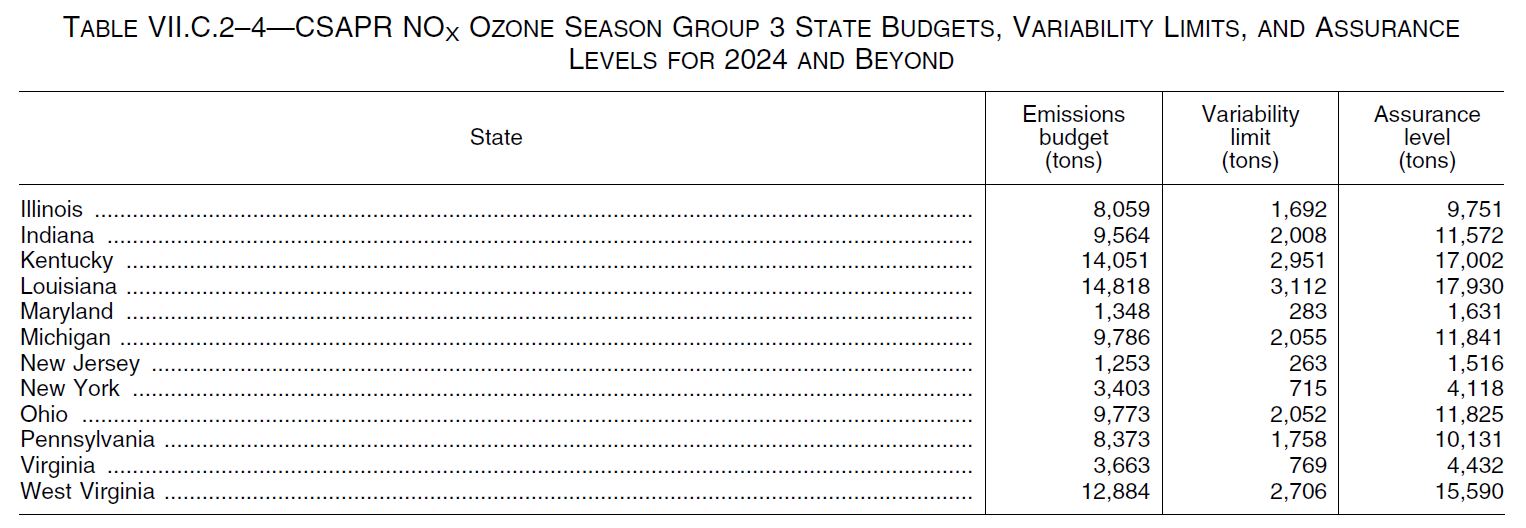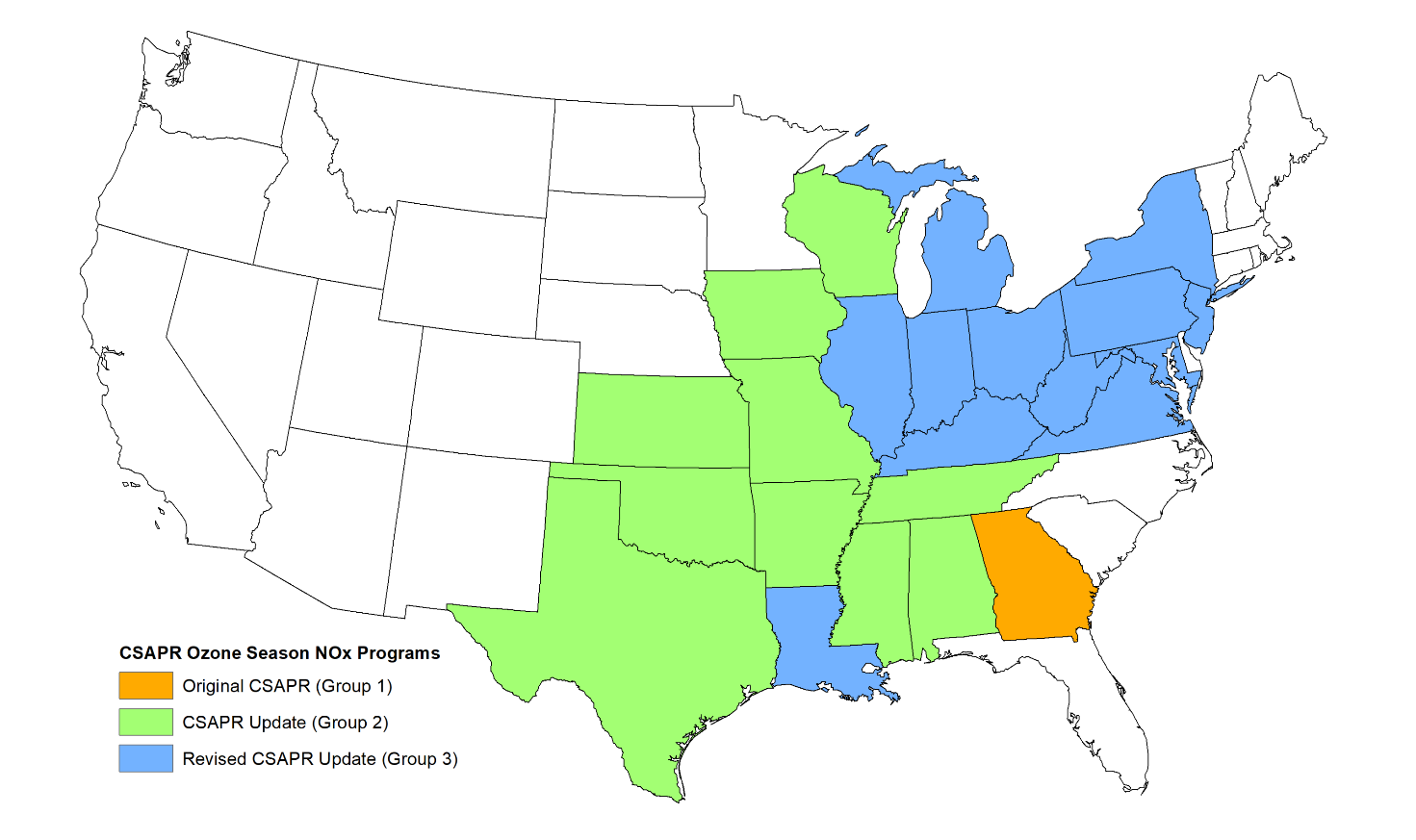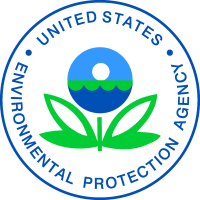VIM Technologies is offering an intermediate level, fully online Pennsylvania Department of Environmental Protection (PADEP) CSMM Revision 8 Requirements training course, by instructors Bill Mitchell (Sr. Environmental Engineer) and Ashley Partington (Compliance Specialist), February 22-23rd, 2022.
This course is designed to provide a summary of the Pennsylvania Department of Environmental Protection (PADEP) quality assurance, recordkeeping, and reporting requirements. The course will begin Day 1 with an introduction to PADEP Revision 8 reporting requirements, monitoring specifications, certification/recertification process, and initial/ongoing QA testing requirements. Day 2 will explore the requirements of the quarterly PADEP EDR, data elements, and will also include a discussion of hourly validation and data substitution. An overview of RACT III will also be provided.
The course would be beneficial to Environmental Managers as well as Instrument & Control Technicians with CEMS responsibilities. The training would be valuable to personnel with limited PADEP experience, or as a refresher for more seasoned environmental professionals. The course will be presented in two(2), three-hour sessions over two consecutive days for $399.
